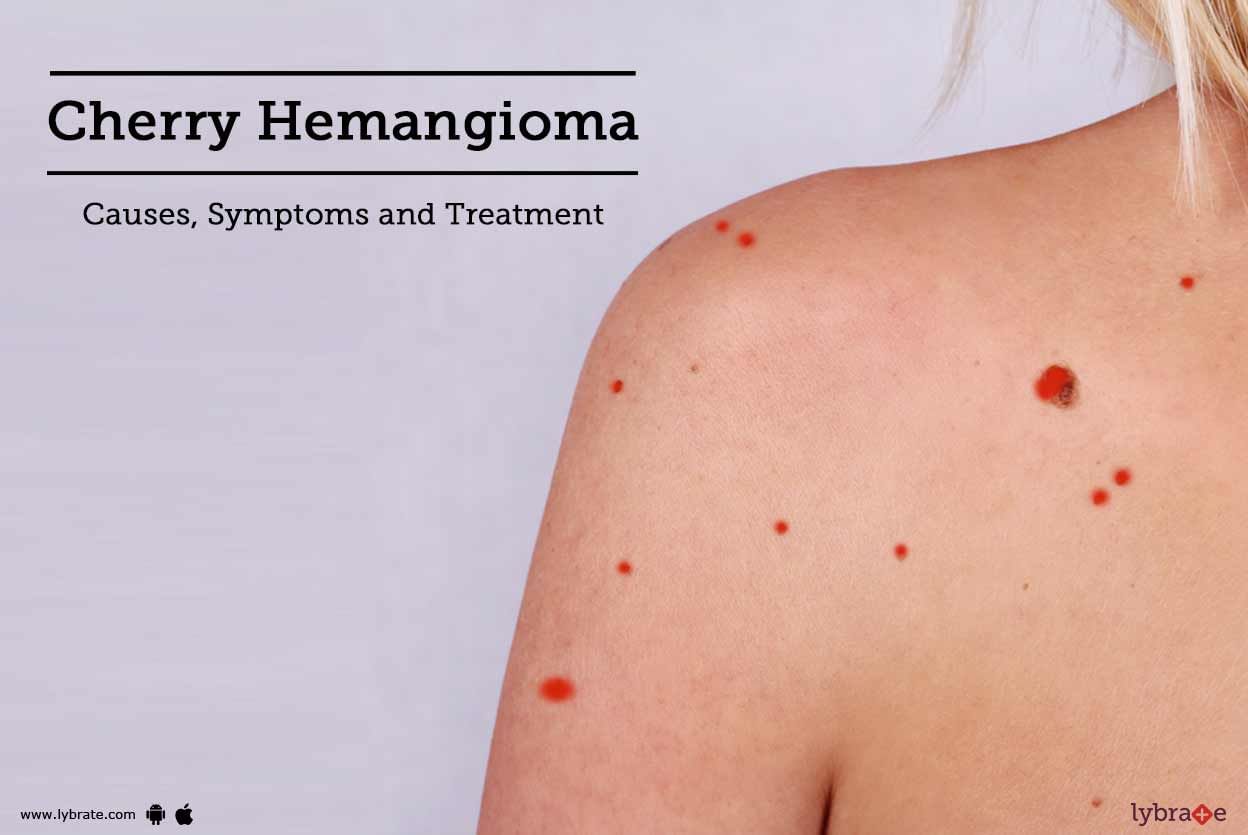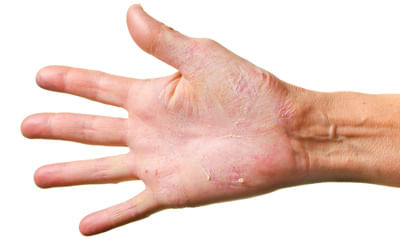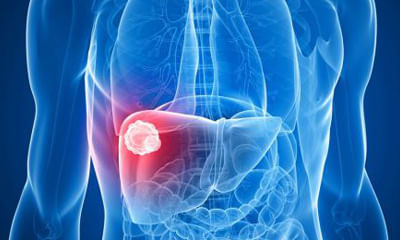Get the App
For Doctors
Login/Sign-up
About
Health Feed
Find Doctors
Health Packages
Cavernous Hemangioma Health Feed
Last Updated: 7 years ago• Featured Tip
Share
Bookmark
Report
Adult males with an interest in superior penis care are familiar with many of the common penis health issues: Peyronie's disease, pearly penile papules, Fordyce spots, and so on. But there are many other penis conditions that are not so common. One of these, genital hemangioma (sometimes called penile hemangioma), tends to occur more often in children, but can affect adult men as well, resulting in unusual penis bumps or marks.
Hemangioma
What is a hemangioma? In the vast ...more
Health Query
Share
Bookmark
Report
Hemangioma is non- cancerous tumor of blood vessels, occurs on skin and different organs. Treatment of hemangioma depends on its site, size and problems created by it. For treatment beta blockers, corticosteroid medication are available. Laser treatment is another option. In possible situation surgery is performed. Sometimes homeopathic medicines are very effective in treating hemangioma and it may cure or partially relieve it.
15 people found this helpful
Last Updated: 8 years ago• Featured Tip
Share
Bookmark
Report
Cherry Angiomas are benign skin growths comprised of abnormal proliferation of blood vessels. They are also alternatively known as Campbell de Morgan spots or senile angiomas. Cherry Angiomas are a rather common skin disorder.
The Cherry Angioma appears bright red, oval or circular in shape and are small in size. They can either be smooth, and close to the skin's surface, or they can be marginally raised. They mostly appear on the arms, shoulders and torso. If the Angioma is agitated (s...more
The Cherry Angioma appears bright red, oval or circular in shape and are small in size. They can either be smooth, and close to the skin's surface, or they can be marginally raised. They mostly appear on the arms, shoulders and torso. If the Angioma is agitated (s...more
Asked for female, 48 years old from Calicut
Share
Bookmark
Report
The cavernous sinus is an important structure because of its location and its contents which include the third cranial (oculomotor) nerve, the fourth cranial (trochlear) nerve, parts 1 (the ophthalmic nerve) and 2 (the maxillary nerve) of the fifth cranial (trigeminal) nerve, and the sixth cranial (abducens) nerve.
43 people found this helpful
Asked for female, 48 years old from Calicut
Share
Bookmark
Report
Cavernous sinus syndrome is characterized by multiple cranial neuropathies. The clinical presentation includes impairment of ocular motor nerves, Horner's syndrome, and sensory loss of the first or second divisions of the trigeminal nerve in various combinations. The pupil may be involved or spared or may appear spared with concomitant oculosympathetic and parasympathetic involvement. Various degrees of pain may be involved
The symptoms and signs of cavernous sinus disease
are ophthalmop...more
The symptoms and signs of cavernous sinus disease
are ophthalmop...more
Asked for male, 25 years old from Kaimur
Share
Bookmark
Report
Asked for male, 31 years old from Saran
Share
Bookmark
Report
Health Query
Share
Bookmark
Report
I do not think there is nothing to worry about-thiss is most probably hemangioma------------there are two main types of hemangiomas: cavernous and capillary. The former are more common in adults. Muscular hemangiomas are commonly encountered tumors. Subcutaneous hemangiomas can be strongly suspected on clinical examination. -----------------for this aphysical examination is a must -------------
55 people found this helpful
Asked for male, 19 years old from Ghaziabad
Share
Bookmark
Report
Asked for female, 41 years old from Chennai
Share
Bookmark
Report
Book appointment with top doctors for Cavernous Hemangioma treatment
View fees, clinic timings and reviews
Ask a free question
Get FREE multiple opinions from Doctors
posted anonymously



















